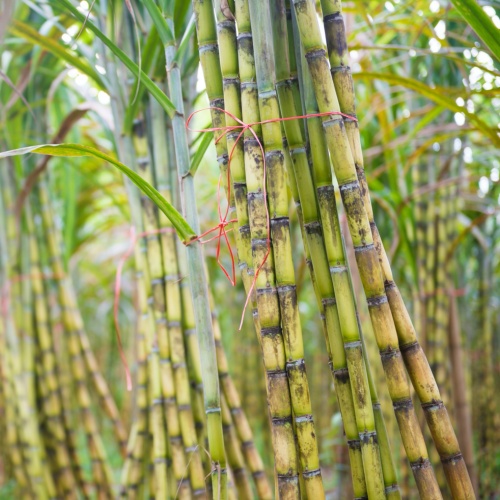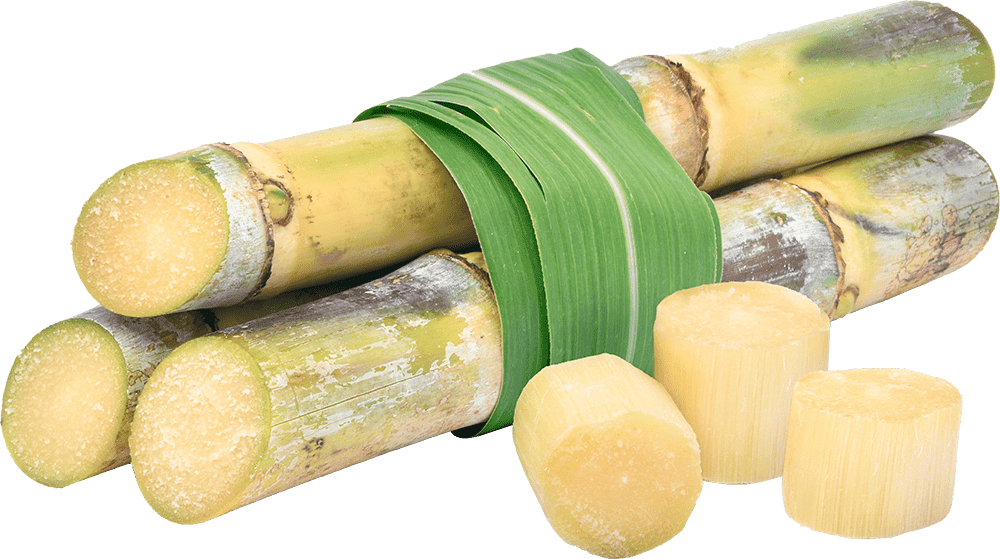An In-Depth Overview to the Ecological Influence and Sustainability Practices in Walking Stick Sugar Processing
The environmental effect of walking cane sugar processing offers an intricate array of challenges that warrant mindful exam. From dirt deterioration and extreme water use to the carbon footprint connected with growing and production, the effects of standard methods are significant. On the other hand, the adoption of cutting-edge sustainability procedures offers a path towards extra liable manufacturing methods. Understanding the interplay between these issues is essential for stakeholders in the industry. What certain methods can be applied to strike an equilibrium in between performance and ecological stewardship? The solutions hinge on a better take a look at both the difficulties and potential services.
Review of Walking Cane Sugar Handling
Walking cane sugar handling involves a collection of methodical steps that change sugarcane into refined sugar. Initially, collected sugarcane is delivered to processing facilities, where it undergoes cleaning to get rid of dirt and debris. Following this, the cane is squashed to remove juice, which is after that cleared up by removing impurities with heating and the addition of lime.
The clarified juice goes through dissipation, where water is eliminated to focus the sugar material. This concentrated syrup is after that crystallized via air conditioning, allowing sugar crystals to form. These crystals are separated from the staying syrup utilizing centrifugation, leading to raw sugar. To attain polished sugar, the raw product goes through more filtration procedures, which may include filtering system and washing to remove remaining pollutants and shade.
The last product is then dried out and packaged for circulation. Throughout this entire process, preserving performance and top quality control is important to ensure the sugar meets industry standards. Each step in walking cane sugar handling not just adds to the last product however likewise has ramifications for source usage and waste generation, establishing the stage for discussions on sustainability and ecological influences connected with sugar production.
Ecological Challenges of Manufacturing
The production of walking stick sugar offers several considerable ecological challenges that warrant interest. One key worry is the comprehensive use agrochemicals, consisting of fertilizers and chemicals, which can result in soil degradation, biodiversity loss, and contamination of regional water sources. The overflow from sugarcane areas typically brings these chemicals right into neighboring environments, disrupting aquatic life and impacting the wellness of areas reliant on these water bodies.
Another challenge is the high energy consumption connected with sugarcane processing. The boiling and refining phases call for considerable warmth, largely generated by burning nonrenewable fuel sources, adding to greenhouse gas exhausts. In addition, the extensive acreage needed for sugarcane growing can result in deforestation and environment devastation, additional worsening environment change and harmful wild animals.
In addition, the labor techniques in some areas raise honest issues, as workers may face inadequate working problems and inadequate incomes. This scenario usually continues a cycle of poverty in local areas. Cane Sugar Processing. Dealing with these environmental obstacles is vital for establishing much more sustainable techniques in walking cane sugar production, inevitably profiting both the atmosphere and the communities associated with this sector
Water and Land Use Impact
Water resources and land application are important elements in the cane sugar market that significantly affect the environment. The cultivation of sugarcane requires considerable special info water input, with price quotes recommending that it can take in up to 2,000 liters of water per kilo of sugar generated. This intensive usage of water often brings about deficiency of local water sources, influencing not only the sugarcane ranches yet also bordering environments and areas that rely upon the very same water sources for farming and residential use.

In addition, land usage for sugarcane growing can result in logging and the conversion of all-natural habitats into monoculture plantations. This practice lessens biodiversity, interferes with neighborhood ecosystems, and contributes to soil deterioration. The growth of sugarcane fields typically trespasses on valuable agricultural land, creating competition for sources in between food and biofuel production.
Sustainable techniques, such as maximizing watering techniques and implementing plant turning, are important to mitigate these impacts. By adopting a lot more reliable water use and land administration methods, the walking cane sugar industry can decrease its eco-friendly impact, making certain a balance between agricultural performance and environmental conservation.
Greenhouse Gas Emissions
Greenhouse gas discharges represent a substantial ecological problem within the cane sugar handling sector, specifically as agricultural practices increase to meet global demand. The growing of sugarcane, a plant that flourishes in exotic climates, depends heavily on synthetic fertilizers and chemicals, which add to laughing gas emissions. Additionally, land-use adjustments, consisting of deforestation for brand-new sugarcane ranches, launch carbon dioxide saved in greenery and dirt.
Throughout processing, power usage is an additional significant resource of greenhouse gas emissions - Cane Sugar Processing. Several sugar mills make use of fossil fuels to power equipment and create warm, leading to significant carbon impacts. Moreover, the transport of raw sugarcane and finished products adds layers of discharges via fuel combustion in lorries
This includes evaluating present farming practices, processing approaches, and transport systems to identify areas for renovation and mitigation. Resolving greenhouse gas emissions is essential for promoting a more sustainable walking cane sugar industry in a transforming climate.

Lasting Practices and Innovations
Sustainable techniques and advancements are increasingly essential in the walking cane sugar processing industry as stakeholders look for to decrease environmental effects while preserving efficiency. One considerable innovation is the implementation of integrated plant management, which maximizes source use by combining dirt monitoring, insect control, and crop turning strategies. This approach enhances yield while lessening chemical inputs and maintaining dirt health and wellness.
Moreover, the fostering of renewable resource sources, such as biomass from sugarcane residues, has gained grip - Cane Sugar Processing. By converting waste products right into energy, refining facilities can minimize their reliance on nonrenewable fuel sources, therefore reducing greenhouse gas discharges
Water management methods have likewise seen improvements with the recycling and reusing of water in handling plants, dramatically decreasing freshwater intake. Advancements in technology, such as accuracy farming, enable farmers to keep track of crop health and wellness and resource use more successfully, making certain lasting farming methods.
Moreover, qualification programs like Fair Profession and Jungle Partnership motivate ecologically liable farming techniques and advertise other social equity within the supply chain. By embracing these lasting practices and developments, the cane sugar processing market can boost its strength and contribute favorably to environmental stewardship.
Verdict
The environmental influence of walking cane sugar handling offers significant difficulties, including dirt deterioration, high water usage, and greenhouse gas emissions, together with ethical worries Look At This connected to labor techniques. Dealing with these problems through sustainable practices, such as incorporated crop monitoring, renewable resource fostering, and water recycling, is essential. By promoting ecologically accountable and socially fair approaches in sugar production, the market can mitigate its unfavorable impacts, making sure a much more lasting future for both environments and communities entailed in this market.
Cane sugar processing includes a collection of organized actions that transform sugarcane into polished sugar. Each step in walking cane sugar handling not just adds to the final item but likewise has implications for resource use and waste generation, setting the phase for discussions on sustainability and ecological impacts connected with sugar manufacturing.
Greenhouse gas exhausts stand for a significant ecological problem within the walking cane sugar processing market, particularly as farming methods increase to meet global demand.Lasting methods and technologies are significantly important in the walking stick sugar processing industry as stakeholders seek to minimize ecological effects while keeping performance.The environmental influence of walking stick sugar processing presents significant obstacles, consisting of soil degradation, high water intake, and greenhouse gas exhausts, along with moral worries connected to labor techniques.
Comments on “Cane Sugar Processing: From Area to Table-- A Step-by-Step Guide”